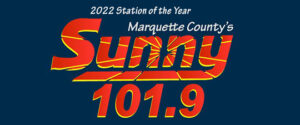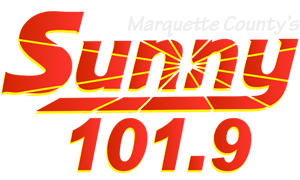MARQUETTE, Mich.—Northern Michigan University will offer a new academic minor in dance beginning this fall. The program falls under the health, physical education and recreation department. It is composed of 20 credits—12 in required courses and eight in electives.
Mary Jane Tremethick, head of the HPER department, said the program will allow students to explore various dance styles from both a theoretical and performance perspective.

“The minor is a natural fit in our department, where there is a strong emphasis on health, human performance and lifetime fitness,” she added. “Though the minor is open to majors across campus, it is particularly complementary to majors in theatre, community health education, management of health and fitness, music and outdoor recreation and leadership. Students may choose dance to further a secondary interest or may use the minor to open employment opportunities in various recreation programs or dance for theater.”
Maria Formolo, an NMU dance instructor, said the new minor will generate interest in campus events and it is even good for football and basketball players. The training for precise body movements and the control help all athletes. Plus it is an emotional release.
NMU teaches several styles of dance: folk, tap, jazz, ballet, belly dancing, contemporary/modern, hip hop, dance for theater and social dancing, which includes ballroom styles such as the tango, waltz and cha-cha. These are complemented by courses in dance history and theory. Formolo said the latter addresses such topics as body image and the sociological implications of dance.
The main goals of the program are that students will be able to use their bodies to express ideas, stories and rhythm; understand the different styles; learn to dance solo and work with others as part of group numbers; be able to choreograph short works and improvise in performance; have a working knowledge of theory and how dance has evolved, particularly over the last century; and understand how different cultures express religious, historical and cultural concepts through their dances.
Source: Press Release










